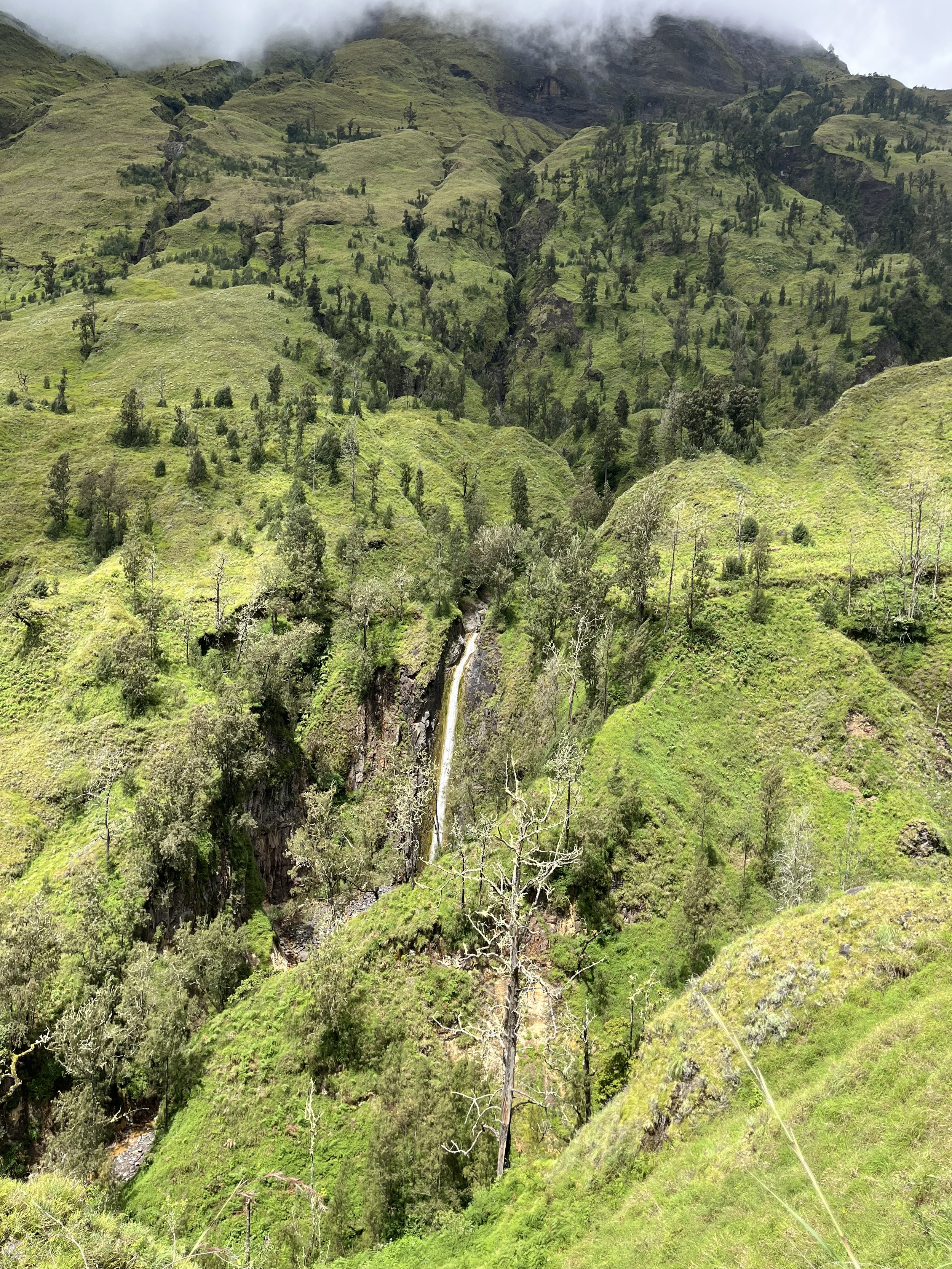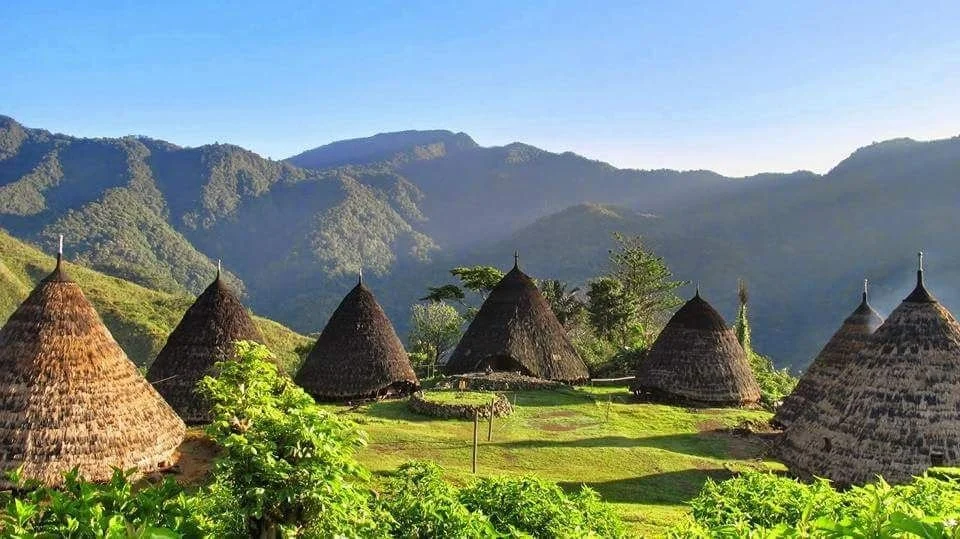Jin’s Dive History
If you are going to trust what I have to say about the ocean, it feels only fair to share a bit of my dive background—my relationship with saltwater runs deep.
In a nutshell, An egg shell, I have been diving a lot since 2007.
I did my divemaster internship in Mozambique in 2009, where I often compare it to the layman’s NAVY SEAL camp. I followed that up with my instructor training in Australia six months later.
Over the next decade, I have volunteered and/or freelanced as a dive instructor in Australia, the Philippines, Singapore/Tioman, the Caribbean and Indonesia. I stopped logging my dives after about 300 (one of my greatest regrets) but if I had to guess, I’ve done around 1500 dives. Thanks to PADI records, I know I have certified around 500 students along the way.
What I look for when I dive
Visibility—I like my water crystal clear—a minimum of 20 m visibility. My joke used to be: “If I can’t see the seafloor, I’m not going in.”
Quiet - I avoid dive sites where I’ll bump into crowds. I always opt for offbeat, far-flung places.
Biodiversity - I want it all. Hard and soft corals, tiny nudis, giant pelagics. Sharks are my favourite animals—the bigger the better.
Safety and community connection - I prioritise dive centres that are locally owned and give back to their community.
If these things resonate with you, I got your back.
These are my favourite dive sites (see below).
And this is my advice to anyone looking to owning their own equipment.
A Little More About How It All Began
My grandparents said that I could swim before I could walk. I did my first dive in Hawaii when I was 11. We saw a turtle, and I hated it. My gear was too bit, my brother surfaced too early and we had to swim back to shore for what felt like hours.
Almost a decade later, I moved to Australia to start my marine biology and geology undergrad. I signed up for my Open Water course in Australia—cold water, 17°C, with massive rays and wobbegongs on every dive. Our dive instructor ran a trip to dive with Australian fur seals, and of course I signed up. That was it. I was hooked.
From that point on, every break from university became a dive trip: Great Barrier Reef, Borneo, Philippines, Mozambique, and a lot of Thailand, Malaysia, and Indonesia. My divemaster internship was in Mozambique, diving daily with mantas, whale sharks, and potato groupers. In Sipadan, I fell in love with macro creatures. In Malapascua, I dived with thresher sharks and mantas nearly every day for a month.
Even when I stopped diving full-time, I kept my instructor cert as my “plan B.” Now I only keep it to instruct local communities so they can also have a career.
What Diving Has Given Me
Scuba diving was a hobby, turned into a lifestyle. Chicken Feet Travels would never be a thing without diving. Because diving brought me around the world, different destinations also have co-exisiting activities. Diving introduced me to: trekking, surfing, kitesurfing, yoga and Indigenous cultures.
And it gave me lifelong friendship with the people I now call chosen family.
Dive Highlights:
A surprise visit from a school of wild orcas;
Watching mantas line up at a cleaning station like planes landing
Feeling the deep, resonant booms of humpback whales singing nearby
Dive Dreams and Wishes:
And still on my (impossible?) list:
Witnessing a live shark birth in the wild
Snorkeling with baby humpback whales
Become real friends with a manta or shark
And my bucket list destinations are:
Cocos Island
Aliwal Shoal and Protea Banks
The Galapagos Islands
My Top 3 Dive Destinations in Southeast Asia
Alor, Indonesia
Indonesia’s best-kept secret. Remote, wild, and worth every minute of the journey there. It takes three flights from Singapore—but when you get there, you’ll see why we go.Alas Strait, Indonesia
I didn’t expect much. But I was blown away by the reef health and marine life. The best part is that it is still under the radar.Komodo National Park (off beat)
Komodo is renowned by divers worldwide. But these days, Central and North dive sites are over dived, which means less fish. We know who to dive with to get to the sites that are still in discovery.
I believe diving (in the right places) is good for everyone. There is something about being underwater that is healing. There is something about seeing animals so large and so old that makes all your problems feel insignificant. And there is a freedom in perfecting your buoyancy and not fighting gravity. Scuba diving is accessible for all ages and a gentle way to commune with nature.
TL;DR: I've been diving since 2007, with over 1,500 dives and 500 students certified. This post shares my dive journey—from Mozambique to Malapascua—plus what I look for in a dive, my favourite Southeast Asian sites, and the dreams i still carry in my fins.










